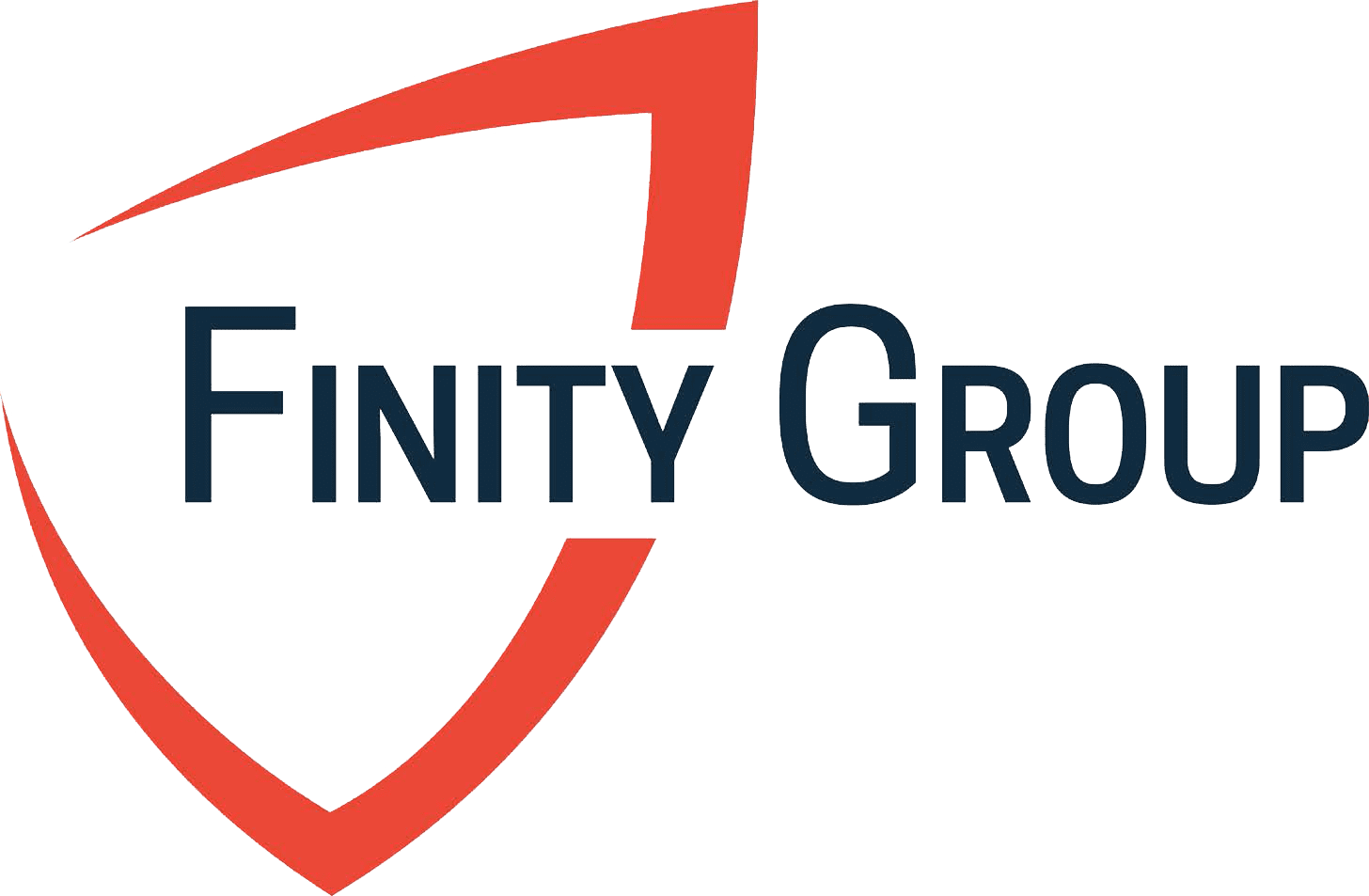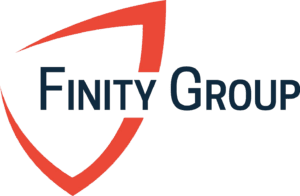As we turn the calendar to another year, it is common for many to begin setting goals for the year to come and improvements they want to make in their lives moving forward. Naturally, finances are typically at the top of the list. “Spend less and save more” is a good start, but let’s be a bit more specific. For those looking to improve their financial situation this year, see below for a list of 23 financial goals for 2023.
In a study of New Year’s resolutions from 2016, written in 2022 by Discover Habits, only 9 – 12% of resolutions are truly successful, meaning it is hard to maintain changes in our busy lives. With that said, the more specific and realistic your resolution or goal is, the more likely it is that it will be met. Therefore, we have created the 23 financial goals for 2023 to meet the specific and realistic criteria.
These don’t all need to be completed for you to be a success. Make it a goal to do 5 of these, 10 of these, or whatever works in your situation. Improvement is improvement, no matter how large!
Let’s get started…
Listen Here!
1. Max Out Your 401(k) / 403(b) (or increase by $100/paycheck)
You can contribute up to $22,500 to your 401(k)/403(b) account in 2023 (plus an additional $7,500 if age 50+). That amounts to $1,875/month. If you are self-employed or own your own business, you can contribute up to $66,000. If you aren’t already maxing your account out each year, do so. If that is too much of a stretch for you, bump your contributions by $100/month, or 1-2% of your paycheck, or more. Do that every year and every time you get a pay raise, and your future self will thank you!
If you have a spouse who can contribute to a retirement account, have them max out their account next.
More retirement plans are offering Pre-Tax and Roth contributions, so if you are wondering which is best for you, view our blog discussing the differences for additional information.
2. Max Out Your Roth IRA (or Increase Deposits by $100/month)
Each person can contribute up to $6,500 ($7,500 age 50+) to a Roth IRA in 2023. That limit is the same for the Backdoor Roth IRA, for those who earn over the income limit for Roth IRA eligibility.
Make sure you are maxing these accounts out if eligible. This is a great place to start your savings plan.
3. Increase Contributions to Your Kid’s 529 Plan by $100/month
Every January, if possible, try to increase the automatic monthly deposits to your kid’s 529 college savings accounts by $100/month. Once you have enough in there to cover the desired amount of higher education you want to pay for, stop adding more.
If you need help figuring out how much to save to cover college expenses for your kids, schedule a meeting with one of our financial advisors today.
4. Increase Payments to Eliminate Bad Debt
The fastest way to become debt free is to pay the minimum amount due on every debt you have, except the debt with the highest interest rate. That’s the one you pay extra money towards.
Yes, I’m aware some talking heads recommend paying off your debt with the smallest balance first and then work your way up. There can be some psychological advantages to that method. Mathematically, going after the highest interest rate is the most efficient. If you have other debts, increase your automatic payments on the highest interest rate one to pay it off faster.
5. Increase Contributions to a Brokerage Account by $100/month
Pay off debt versus save more for your future. Either way is financially productive. You’re making progress in the right direction. If your debts are under control and you are maxing out your qualified retirement accounts, an easy next step is to deposit money into a taxable brokerage account. There are no limits on how much you can contribute here, so do as much as you can!
6. Set Up/Increase a Recurring Monthly Contribution to Charity
For those of you who are charitably inclined, many charities allow you to make automatic recurring monthly contributions. This can also be a good way to reduce your tax burden if you itemize your tax deductions.
7. Increase Your Disability Insurance
If your income has increased since you originally purchased your disability insurance, my guess is your lifestyle has also increased. Unless you are financially independent, it is probably smart to protect your income. If you have a future increase option/future purchase option/benefit update rider on your policy, you can increase your coverage without medical underwriting on your policy anniversary (either annually or every three years, depending on the company).
If you don’t yet have disability insurance and rely on your income to live, get an own-occupation policy. Our independent financial advisors can walk you through what a disability insurance policy is and covers, as well as discussing which insurance carriers may be best for you.
8. Extend/Increase Your Term Life Insurance
One thing for certain is life changes over time. Some of you may have purchased a 20-year term life policy ten years ago when you had two kids. Now you have four kids, and some will still be in the house when your term policy expires.
If you are in decent health, it is pretty easy nowadays to get a decent amount of life insurance. Some companies will let you get up to $2 million of coverage without a health exam (if your application and health history look good). This is one of the silver linings the pandemic has brought us since people are hesitant to do in-person health exams while social distancing is still important.
9. Review/Update Beneficiaries on Life Insurance & Retirement Accounts
Make sure the beneficiaries on your accounts are who you want them to be. If you die, you want your money to go to the right people or entities. One of the essential components of estate planning is having beneficiaries properly named on your accounts/policies.
10. Establish Estate Planning Documents
Like the life insurance discussion, estate planning is not the most fun financial planning topic. That does not diminish the importance of estate planning.
Speak to an estate planning attorney to establish a will, powers of attorney, possibly a Trust, and any other items that they may recommend.
As discussed above, if you create a Trust, it may be advisable to update your beneficiaries to reflect the creation of the Trust.
11. Increase Your Umbrella Liability Insurance
If you don’t have umbrella liability insurance, get it. You can purchase it through your home & auto insurance company, and it provides additional liability protection on top of your home and auto insurance. It is typically sold in $1 million increments. It should only cost $200-300/year. For the cost, it might be the least expensive form of asset protection you can buy.
12. Open a High Interest Savings Account
Currently, high-yield savings accounts are offering 3.0% – 4.0% annually. That is much more than what you are currently receiving with your savings account at a brick-and-mortar bank.
Open an FDIC insured high-interest savings account to keep emergency reserve dollars or other short-term cash reserves.
13. Rebalance Your Investments and Set an Auto-Rebalance on Your 401(k)/403(b)
Rebalancing is the act of adjusting your portfolio back to the desired target allocations you originally set out to maintain (e.g. 30% large cap domestic stock, 20% small cap stock, 30% international stock, 10% bonds, etc). As time goes on, different sectors perform differently from one another, so your portfolio is bound to deviate from your targets over time.
It’s a good habit to rebalance back to your targets at least annually to keep things on track. Most workplace retirement accounts also have an auto-rebalance feature you can turn on to automatically do this for you.
14. Tax-Loss Harvest Your Taxable Accounts
I won’t get into the ins and outs of tax-loss harvesting here, but this should be a regular habit anytime you have losses in your taxable accounts. In short, sell positions that are down in value, as those paper losses can be used to offset gains, therefore reducing your tax liability.
Anytime the market is down considerably, like we saw in 2022, it presents a great opportunity for tax-loss harvesting. Also, if you own individual stocks, those can be quite volatile and often are out of sync with the overall market, so keep an eye on those regularly.
This is a very important aspect of managing investment accounts and also can be fairly complex in order to adhere to wash-sale rules and make sure you are appropriately rebalancing following the sale of a position. For a second opinion on your account, establish a meeting with one of our advisors to make sure appropriate steps are taken here.
15. Create a Monthly Budget
It can only take a few minutes to look at your take home income, fixed expenses, and flexible expenses to see how much is left over each month and where your hard-earned dollars are going.
Create an excel spreadsheet, track these items, and use your excess money or unnecessary spending dollars more productively.
If you would like assistance in working through your budget and how to use your money more productively in your specific financial plan, please reach out to us and we would be glad to help.
16. Have a Plan for Student Loans
With federal student loans going on 3 years of administrative forbearance (0% interest and $0 minimum payments), it has become easy to put loans on the backburner, and for good reason – there is no incentive to do anything with these for now.
That said, we will have to address these at some point. If you work at a qualifying employer and are pursuing Public Service Loan forgiveness, be sure you are up to speed on what is needed to reach forgiveness.
If you are not pursuing forgiveness, have a plan in place to pay these back once forbearance ends.
Review our blog, How to Pay Off Student Loans for additional information.
17. Review PSLF Program Requirements for Student Loan Forgiveness
For those of you with student loans pursuing Public Service Loan Forgiveness, aka the PSLF Program, make sure you are doing everything you need to in order to qualify for loan forgiveness. The federal student aid website has a lot of useful information and they have done a great job making it easier to navigate in the last year or so.
The five main requirements are:
- Work for a qualifying employer (non-profit)
- Have qualifying loans (federal Direct student loans)
- Be on a qualifying payment plan (one of the income-driven payment plans)
- Make 120 monthly payments (10 years)
18. Purchase Series I Bonds for Short-Term Excess Cash
For cash on hand that you are saving for short term expenses (less than 5-years), Series I Bonds may be a good fit to use these dollars more productively. These are short-term savings bonds issued by the US Government and can be purchased directly at https://www.treasurydirect.gov/savings-bonds/i-bonds/
Please note that these bonds are illiquid for the first 12 months, meaning that you cannot pull out the money for one year. After that, there is no restriction for accessing your money. This makes it a good place to keep funds for that car purchase 2 years out or that home purchase that may be coming in the next 2 – 4 years.
These are currently yielding 6.89% and adjust every 6-months.
19. Talk to a Financial Professional on Home Buying Before Buying a House
What you live in and what you drive will arguably have the biggest impact on your ability to achieve your financial goals. Be smart about those decisions and speak to a professional that knows your financial situation before making the purchase.
You can also listen to our podcast episode about how much house can a doctor afford. Financial Clarity for Doctors. Available on all the popular podcast apps.
20. Get a Home Inspection and Sewer Scope
Kind of random, but if you have been in your home a while, it might be worth having an inspection and sewer scope for peace of mind.
My neighbor had their sewer pipe back up and it flooded the downstairs of their house. A lot of toilet water is going in the wrong direction. Not fun. An inspection can help you identify any potential problem areas of your house that should be addressed sooner rather than later.
21. Review Monthly Subscriptions
In today’s age, it is very easy to subscribe to different products, services, etc., and forget how many you have and what they cost. It is always important to review these and cut out any unnecessary or unused subscriptions to free up your budget.
22. Monitor Your Credit Score
With rising interest rates, your credit score is now even more important to make sure you can obtain the best rates possible on loans for cars, mortgage, or any other major expense.
Use one of the free apps / websites out there to monitor your credit score and make sure you are keeping things as clean as possible to raise it or maintain a solid score.
23. Get Someone to Hold You Accountable
We do a lot better at achieving goals when we have a guide to help us achieve things. Think of exercising. If you have a workout partner or coach, the odds of you reaching your fitness goals increase tremendously because you have someone to keep you accountable and coach you along the way.
Financial planning is no different. Lean on someone who is knowledgeable, knows your financial situation and goals, and can keep you accountable for items that will improve your financial plan.
If a goal of yours this year is to improve your financial situation, speak with one of our independent financial advisors for a free initial conversation.
Disclosures:
This is information only and should not be construed as individualized recommendations or advice. Investing involves the risk of loss, including total loss of principal. Consult with your financial advisor before making any investment decisions. Consult with your tax professional for tax implications pertaining to your particular circumstances.
Related Blog Posts
- Financial Planning For Physicians
- Should I Make Roth or Pre-Tax Contributions to my Retirement Plan?
- What to Look for in a Disability Insurance Policy
- Reasons to Get Life Insurance






